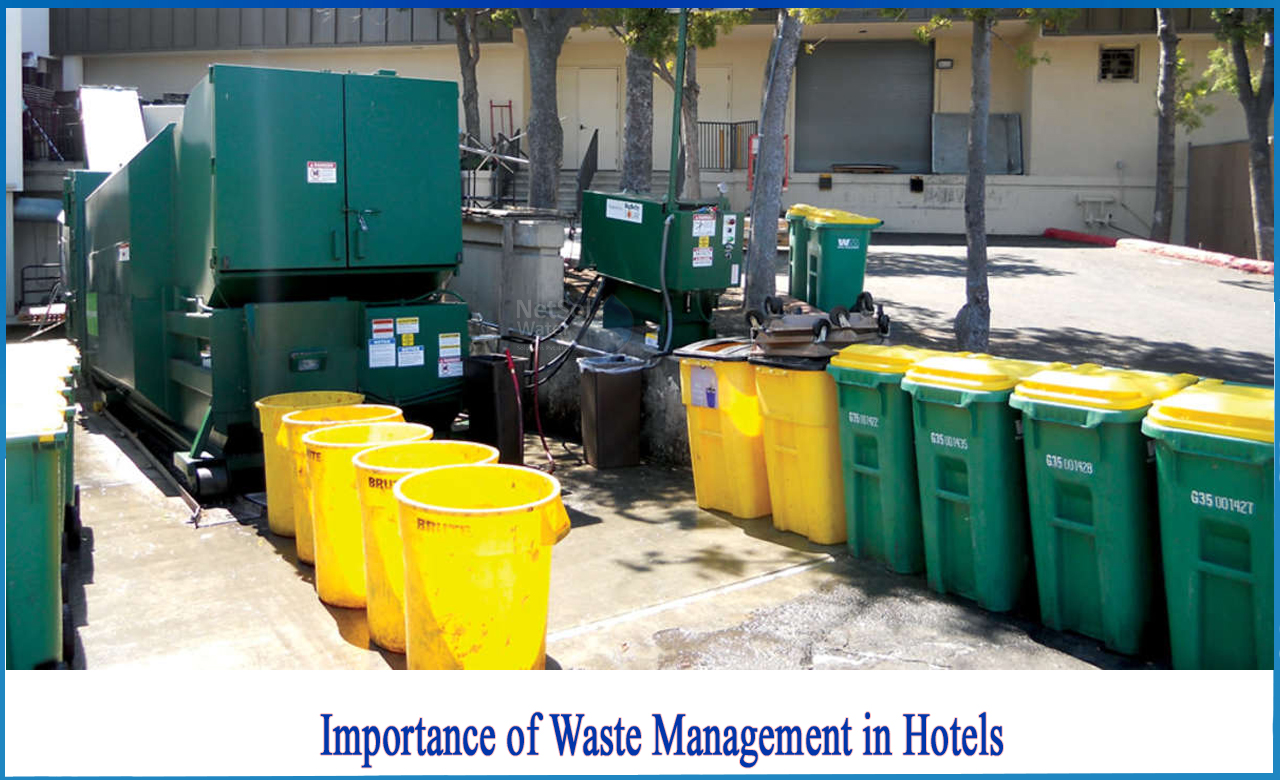Not known Incorrect Statements About Reclaim Waste
Not known Incorrect Statements About Reclaim Waste
Blog Article
Little Known Questions About Reclaim Waste.
Table of ContentsGetting The Reclaim Waste To WorkOur Reclaim Waste DiariesNot known Incorrect Statements About Reclaim Waste The smart Trick of Reclaim Waste That Nobody is DiscussingReclaim Waste Can Be Fun For Anyone
Domestic sewer waste refers to the waste and items from a household septic storage tank. The proper monitoring and disposal of residential sewer waste require liquid waste to be moved to a sewer treatment plant where the appropriate techniques and devices are applied to cleanse and dispose of waste.
Business waste commonly consists of prospective hazards, such as flammable materials or a mixture of fluid and strong waste items, and needs an advanced and detailed disposal procedure. The disposal of industrial waste typically involves the filtration of waste prior to transport to ensure safe and proper disposal. Hazardous waste is developed from results and overflow of industrial processes and manufacturing.
This type of waste can not make use of the same sewer monitoring transport or procedures as septic or business fluids. The hazardous waste monitoring process calls for the inspection and screening of fluid waste prior to it undertakes the disposal procedure (liquid waste disposal melbourne). Drainage waste is the liquid waste that comes from runoff and excess stormwater in extremely populated areas or cities
Drainage waste can trigger contamination and flooding if not taken care of properly. Making sure correct waste administration can protect against disasters and lower ecological damage.
9 Easy Facts About Reclaim Waste Shown
Call PROS Services today to learn more about our waste monitoring and disposal solutions and the proper ways to take care of the fluid waste you create.
(https://www.gaiaonline.com/profiles/reclaimwaste1/46907679/)Do you recognize what occurs to your water when you end, purge the bathroom or drain the washing device? No? Well, it's worth recognizing. This so-called 'wastewater' is not only an essential resource yet, after treatment, will certainly be launched to our land, waterways or the sea. Utilized water from bathrooms, showers, baths, cooking area sinks, washings and commercial procedures is known as wastewater.

water made use of to cool down machinery or clean plant and equipment). Stormwater, a type of wastewater, is drainage that streams from farming and metropolitan areas such as roofings, parks, yards, roadways, paths and gutters right into stormwater drains pipes, after rainfall. Stormwater moves without treatment straight to local creeks or rivers, eventually reaching the sea.
Get This Report on Reclaim Waste
In Queensland, a lot of wastewater is treated at sewage therapy plants. Wastewater is carried from click this domestic or industrial websites via a system of sewers and pump stations, referred to as sewerage reticulation, to a sewer therapy plant. Neighborhood federal governments build, preserve and operate most sewer therapy plants. Operators are certified under the Environmental Security Act 1994 to release treated wastewater at an appropriate ecological standard right into rivers.
The Department of Natural Resources encourages neighborhood governments concerning managing, operating and keeping sewerage systems and treatment plants. In unsewered areas, city governments may need owners to mount specific or family sewage treatment systems to deal with residential wastewater from commodes, kitchen areas, shower rooms and washings. The Division of Natural Resources authorizes using household systems when they are shown to be reliable.
Many stormwater receives no treatment. In some brand-new subdivisions, therapy of some stormwater to remove trash, sand and gravel has begun using gross pollutant catches. Wastewater therapy happens in four phases: Removes strong matter. Larger solids, such as plastics and other items incorrectly discharged to sewers, are removed when wastewater is travelled through displays.
Wastewater then moves into huge storage tanks where solids work out and are removed as sludge. Grease and residue are skimmed from the surface. Utilizes little living organisms referred to as micro-organisms to break down and remove remaining dissolved wastes and great particles. Micro-organisms and wastes are incorporated in the sludge. Gets rid of nitrogen and phosphorus nutrients that can trigger algal flowers in our waterways and threaten aquatic life.
A Biased View of Reclaim Waste
Nutrient removal is not available at all sewer treatment plants because it calls for pricey specialised devices. Clear liquid effluent created after treatment might still contain disease-causing micro-organisms - liquid waste removal melbourne.

Most wastewater moves right into the sewage system. Under the Act, local federal governments provide authorizations and permits for environmentally relevant activities (ERAs) involving wastewater launches that might have a neighborhood impact.
The Definitive Guide to Reclaim Waste
Otherwise, samples are considered laboratory evaluation. Usually lots of tests are required to establish the degrees of each of the different toxins such as oils, hefty steels and chemicals in water. Monitoring provides valid details concerning water quality and can confirm that licence problems are being met. The information acquired through surveillance offers the basis for making water high quality choices.
Report this page